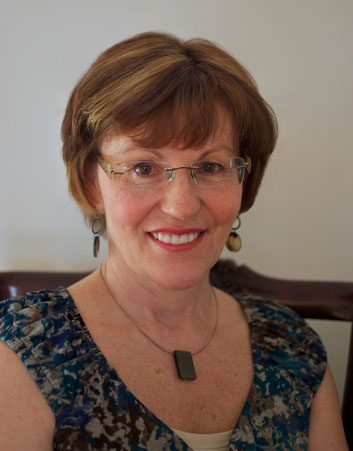
Karen Letourneau
Karen Letourneau, a sonographer at St. Boniface Hospital in Winnipeg, Man., felt increasingly nervous while looking at fetal hearts. Having spent 20 years in radiology and with a new degree in ultrasound technology, Letourneau had plenty of experience. But she still wasn’t confident that she could always see potential heart abnormalities. Meanwhile, four to six babies were dying every year in Manitoba because their heart problems weren’t being detected prenatally and parents, doctors, and hospitals were unprepared. By the time they were detected, it was usually too late.
Letourneau spoke with other sonographers, learning that many shared her concerns regarding heart scans. She’d read about the outflow-tract view, a non-mandatory angle in ultrasounds that makes abnormalities more visible when used with the standard four-chamber view; but no one had taught her how to do it. Letourneau sent a survey to all Manitoba sonographers, discovering that only half of given ultrasounds included complete heart scans. It became obvious that more training was needed and wanted.
Instead of asking for more advanced technology, Letourneau led two training sessions to help sonographers improve basic heart screenings. Since the beginning of Letourneau’s research, not one baby has died in Manitoba from a heart abnormality.
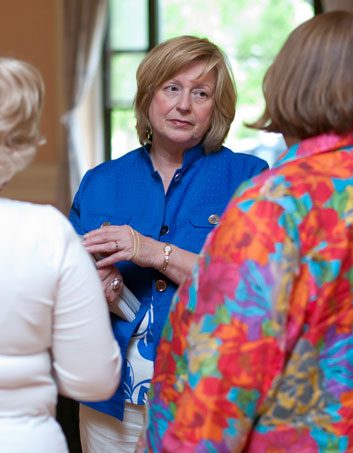
Sandra Cook
Patient navigation is a relatively new health service in Canada, but one that Nova Scotia nurse and patient navigation expert Sandra Cook says the system can’t afford to lose. More than 10 years ago, research showed that cancer patients didn’t know where to find information or how to get through the province’s complicated cancer care system, making the journey even more challenging.
So in 2001, Cook and her colleagues at Cancer Care Nova Scotia created their cancer patient navigator program (CPNP) to help patients throughout the entire care process, from diagnosis and treatment to follow-ups and supporting cancer survivors. CCNS found great success in the CPNP, noting its usefulness in assisting Aboriginals, immigrants, and people from rural and remote communities. A recent healthcare series in the Vancouver Sun found that patient navigators are improving healthcare access and experience in other jurisdictions that have adopted similar programs, including Aboriginals in British Columbia, and more patients in Regina, Sask., and Red Deer, Man.
Despite its benefits, patient navigation has yet to become a standardized service. Cook remains a strong advocate, saying that it isn’t a “frill” service, but a necessary one. She continues to offer consultation, give presentations on the CPNP, and was a major contributor to the Canadian Partnership Against Cancer’s patient navigation manual for medical professionals.
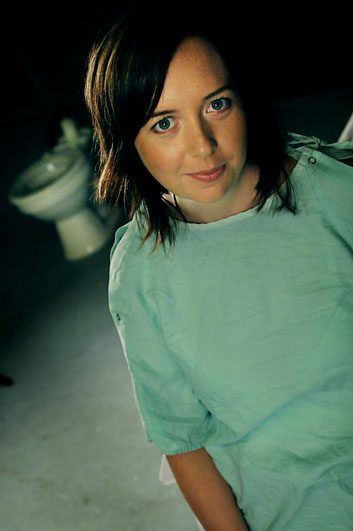
Julie Devaney
Julie Devaney, a Toronto-based health activist and writer, knows pain all too well. Initially diagnosed with ulcerative colitis (and later re-diagnosed with crohn’s disease), she spent almost six years undergoing intense medical therapy, leading to the removal of her large intestine and colon.
During her long recovery, Devaney wrote about her experiences in detail, including the pain of being referred to as “weepy” and the shock of seeing her colostomy bag for the first time. In 2006, Devaney’s writings became My Leaky Body, a play and workshop series that has travelled across Canada and reached as far as New York, Washington, and the UK. Aimed at healthcare providers, medical students, and general theatre-goers, My Leaky Body highlights pervasive issues in healthcare, shows what it’s like to be patient with a chronic illness, and encourages better understanding and communication between patients and healthcare providers.
In addition to running My Leaky Body, Devaney joined the Gateways to Cancer Screening Project (GCSP), which revealed through a participatory research study that disabled women face multiple barriers in cancer screening and therefore, higher rates of undetected cancer. Now, Devaney is the curriculum coordinator for GCSP and, with her colleagues, is preparing an educational intervention with medical professionals to improve the breast cancer screening access and experience for women with physical disabilities.
Photo credit: Nadia Cheema
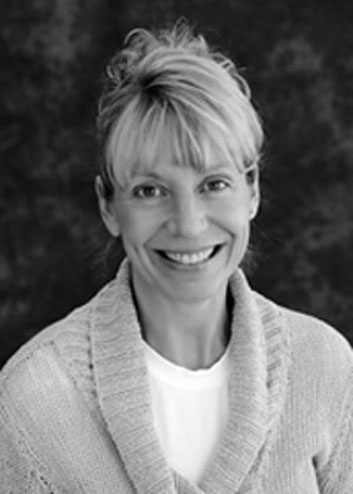
Paula Beard
It was her desire to create order out of chaos that inspired Paula Beard to become an advanced-care paramedic. “When I was with terribly ill or frightened patients and family, I came to understand that being present in someone’s most vulnerable moments in life is an incredible privilege,” says Beard.
Between her work as a paramedic and management positions with Saskatchewan Health and the Regina Qu’Appelle Health Region, Beard has spent more than 15 years improving quality of care in those vulnerable moments, as well as patient safety. When Beard joined the Canadian Patient Safety Institute (CPSI), she was concerned about the patients who felt powerless when they were harmed by care that was meant to heal them. There was no standardized method for investigating, disclosing, or sharing information about accidental harm with medical professionals or the public. So the mistakes made in one hospital, such as confusing similarly named medications, weren’t always known in others, risking repetition of the mistakes.
In order to make sharing as easy as possible and to avoid burdening already overworked healthcare providers, Paula and her colleagues at the CPSI collected incident reports in one database. In February 2011, the CPSI launched Global Patient Alerts, a “Google-like” search engine of these reports, which includes recommendations on how patient harm can be avoided.
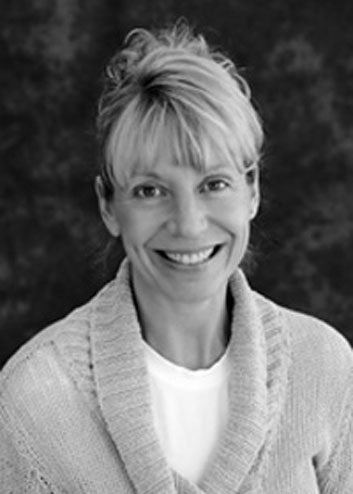
Paula Beard
It was her desire to create order out of chaos that inspired Paula Beard to become an advanced-care paramedic. “When I was with terribly ill or frightened patients and family, I came to understand that being present in someone’s most vulnerable moments in life is an incredible privilege,” says Beard.
Between her work as a paramedic and management positions with Saskatchewan Health and the Regina Qu’Appelle Health Region, Beard has spent more than 15 years improving quality of care in those vulnerable moments, as well as patient safety. When Beard joined the Canadian Patient Safety Institute (CPSI), she was concerned about the patients who felt powerless when they were harmed by care that was meant to heal them. There was no standardized method for investigating, disclosing, or sharing information about accidental harm with medical professionals or the public. So the mistakes made in one hospital, such as confusing similarly named medications, weren’t always known in others, risking repetition of the mistakes.
In order to make sharing as easy as possible and to avoid burdening already overworked healthcare providers, Paula and her colleagues at the CPSI collected incident reports in one database. In February 2011, the CPSI launched Global Patient Alerts, a “Google-like” search engine of these reports, which includes recommendations on how patient harm can be avoided.
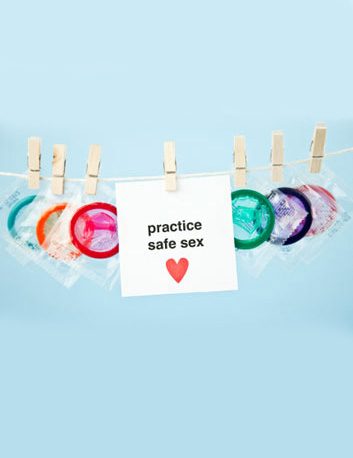
Jessica Yee
Talking about activism, Jessica Yee says “We need to continually be learning what we can do better for our next generation, and I take full ownership of my part in making sure that happens.” And at 25, she’s already been doing that for well over a decade.
Yee describes herself as a “multiracial Indigenous hip-hop feminist reproductive justice freedom fighter.” At 20, she founded the Native Youth Sexual Health Network (NYSHN) and acts as Executive Director. The NYSHN is the only organization in North America that is run for and by Indigenous youth, and that takes a comprehensive approach to sexual health. With offices in Toronto, Ont., and Oneida, Wisconsin, the NYSHN provides training, advocacy, and program development that promotes youth empowerment, cultural competency, sex positivity, reproductive justice, and healthy sexuality. Projects range from the Grandmother Spirit Project, which aims to end elder abuse, to the development of sex education programs in Aboriginal communities.
In addition to her work with the NYSHN, Yee represents Aboriginal youth on multiple boards and collectives. Her book, Feminism FOR REAL: Deconstructing the academic industrial complex of feminism, was recently released, and she also appears in the CBC documentary, The F Word: Who Wants to be a Feminist?
Related:
• Canada’s best medical care for women
• 5 great moments in Canadian health history
• 10 questions to ask your doctor
